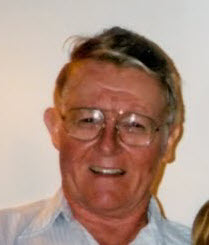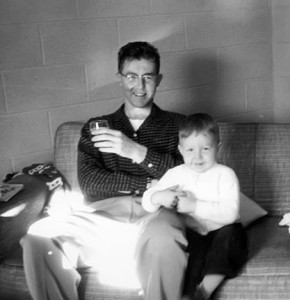The contrast between this morning’s first two general session panels couldn’t have been more dramatic. “CEO Hot Seat” brought together four vendors from the on-demand software business. “The Skeptical CIO” introduced three IT executives. The two groups were on different planets.
The vendors mainly agreed that SaaS is the future direction of the software industry. But the CIOs begged to differ. The SaaS model isn’t nearly as clean and simple as the industry would like people to believe, they said. They see merit in the SaaS approach, but it’s going to be some time before their businesses run on SaaS.
The CEO panelists disagreed on several points, notably the question of whether SaaS will topple the leading software vendors. RightNow Technologies CEO Greg Gianforte argued eloquently for the supremacy of the on-demand model. “Six years ago, 50% of our clients chose to host with us; today it’s 90%,” he said. “We can make investments at a level that they could never hope to make because we aggregate across 1,700 customers. The time has come.”
Not surprisingly, SAP VP of CRM Jujhar Singh begged to differ. “We believe the true model will be a hybrid model and the choice is left to the customers,” he said. “We’re seeing the on-ramp model work.” The on-ramp is SAP’s characterization of SaaS as an effective way to deploy software as a transition to an on-premise model. However, Gianforte dismissed the concept, calling SaaS, “the biggest off-ramp ever created.”
The executives also disagreed on the ability of mainstream software vendors to shift their businesses to a hybrid packaged/on-demand model. “It’ll be very, very hard for companies like Microsoft to change the culture and momentum to an on-demand business,” said Rick Faulk, president of Webex Small Business.
Added Treb Ryan, CEO of OpSource, “You can’t piss off your channel, the guys who sell the on-premise stuff.”
The CIOs poked holes in vendor claims that SaaS is quick, easy and flexible. “We have tens of thousands of interface points,” said Tom Murphy, CIO of Amerisource Bergen. “I can’t imagine the difficulty of trying to integrate into my delivery model a system that is so fundamentally different from what we do today.”
Jesus Arriaga, CIO of Keystone Automotive, told the story of one supply chain application that the vendor promised would be live in three months. “As we got into negotiations, I realized we were not going to do this in three months,” he said. “Sure enough, we kicked off the project Jan. 1 and we’re going to launch it in December.”
The CIOs generally agreed that SaaS vendor claims of rapid deployment are fantasy. They were more inclined to consider hosting for mature applications like e-mail that didn’t require extensive project management or customization. “I’d be a lot more willing to take a leap of faith on those back-office products that are stable, consistent and currently consume a lot of support time,” Murphy said.
Vendors sell features but CIOs worry more about other things. “I don’t think that much about functionality,” Murphy said. “I think about project management, change management, deployment, training and other things” where SaaS doesn’t necessarily deliver an advantage.
However, for standardized applications that are time- and labor-intensive to install across a large number of desktops, SaaS makes sense. “As the delivery model for something like Microsoft Office, SaaS is perfect,” said James Woolwine, CIO, Majestic Insurance. “I can upgrade just like that.”
Keystone’s Arriaga also cited culture as a factor in some areas. Keystone’s customers are auto parts retailers who are mostly conservative and resistant to change. “Over the last 10 years, several companies have sprouted up trying to create hosted applications for them and they’ve all failed,” he said. “Our customers don’t trust handing over their applications and data.”
Moderator Maryfran Johnson, editorial director of TechTarget’s CIO Decisions Media Group, interjected a light-hearted splash of reality. Her editors conducted a survey of 130 CIOs about SaaS and found that most didn’t even know what the acronym stood for. “One guy told us he had to go look it up on Wikipedia,” she said.

CEO Hot Seat panelists (l. to r.) Gianforte, Ryan, Singh and Faulk

Greg Gianforte, CEO, RightNow Technologies

Skeptical CIO panelists (l. to r.) Murphy, Woolwine and Arriaga with moderator Johnson


Jesus Arriaga, Keystone Automotive
 Ted Demopoulos has written a new book about blogging and podcasting. I like the angle: he interviewed 101 people who are successfully using new media to advance a business or agenda. Believe me, that is a lot of work! Ted is also the co-author of Blogging for Business. He understands this medium as well as anyone.
Ted Demopoulos has written a new book about blogging and podcasting. I like the angle: he interviewed 101 people who are successfully using new media to advance a business or agenda. Believe me, that is a lot of work! Ted is also the co-author of Blogging for Business. He understands this medium as well as anyone.






